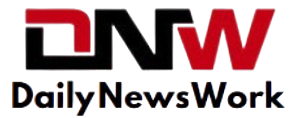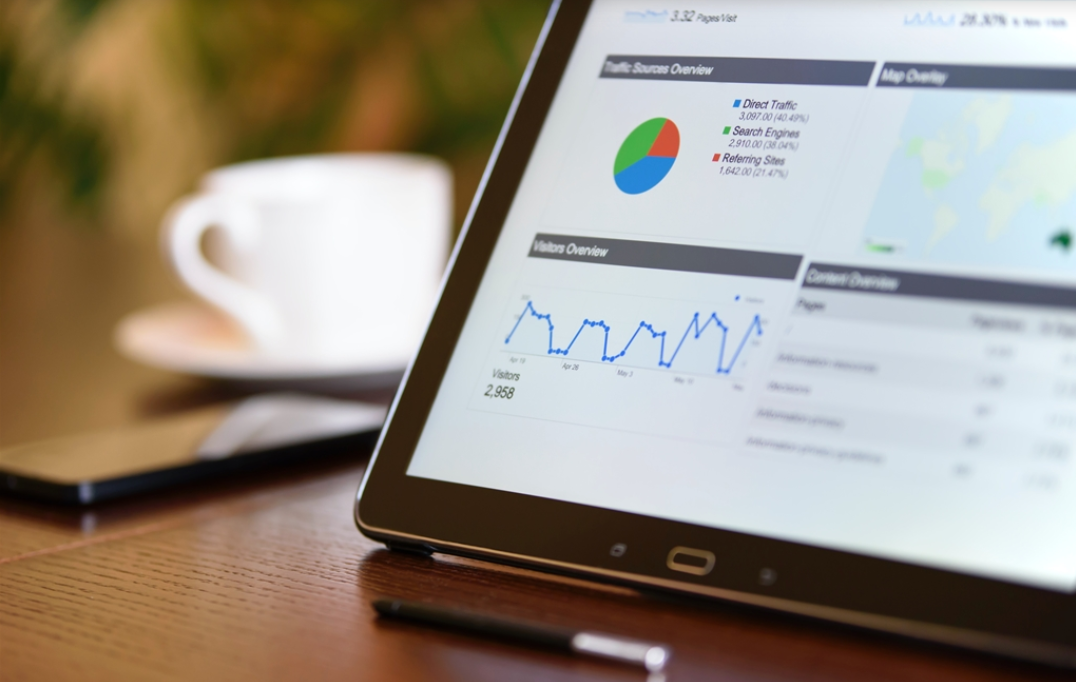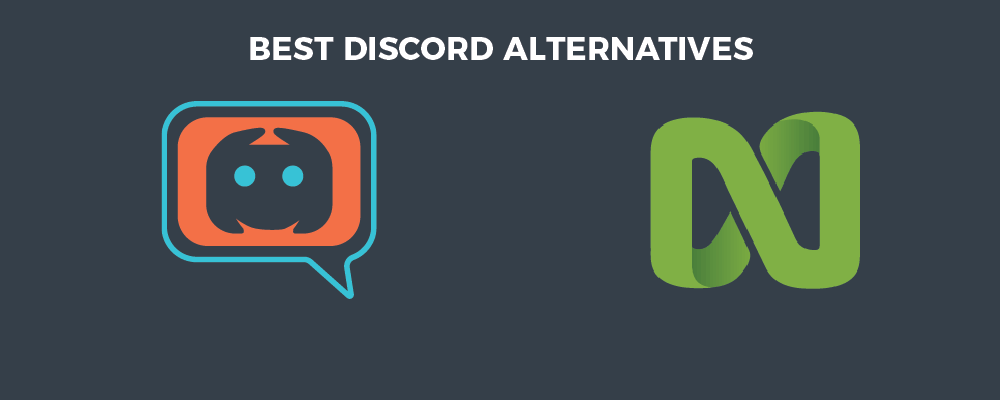Introduction
Clarity and financial management are not only beneficial but also vital in the fast-paced corporate environment of today. The need for precise, well-timed, and easily available financial statistics is typical, regardless of whether or not you are managing operations for a large agency or a mere startup. This is where financial reporting software comes into play, acting not just as a tool but also as a strategic asset that gives a company’s financial landscape structure, speed, and intelligence. This software has become essential due to the increasing need to provide accurate financial reports from corporate decision-making requirements, investor expectations, and compliance regulations. Beyond the apparent advantages of digital organisation, however, financial reporting software provides a more profound and revolutionary array of advantages. Here, we deconstruct financial reporting software most significant benefits, removing the technical jargon and emphasising practical use.
Benefits of Using Financial Reporting Software
- Converts Data into Clear and Quick Decisions
Financial data isn’t always simple to understand, let’s face it. Even seasoned managers might get overwhelmed by spreadsheets with endless rows of data. This is altered by financial reporting software, which presents intricate data in easily comprehensible ways. It transforms your data into a narrative through dashboards, infographics, and automatic summaries. Decisions may be made more quickly and intelligently because of the real-time accessibility of important indicators. Management is no longer in the dark when they have fast access to cash flow status, spending breakdowns, and revenue patterns. They have a clear perspective of the road ahead as they navigate. Furthermore, such prompt, well-informed judgements frequently determine whether a corporation expands or stagnates.
- Significantly Lowers Human Error
Data entering by hand is laborious, repetitious, and regrettably error-prone. Entire reports can be thrown off if a decimal is overlooked, a number is transcribed incorrectly, or an adjustment is omitted. Financial reporting software automates data integration and gathering, reducing these risks. Figures from banks, sales platforms, your accounting software, and other sources enter the system after it is correctly configured. This guarantees precise and consistent data while also expediting the procedure. There are fewer opportunities for an error to occur when fewer hands handle the data. Providing individuals with the resources they need to work confidently is more important than replacing them.
- Increases Team Focus and Productivity
The time savings that come with implementing financial reporting software are among the most obvious advantages that businesses experience. Long email chains, version control problems, and days spent collecting data from many departments are common features of traditional reporting techniques. Automated reporting systems significantly reduce those hours. Accounting employees and financial analysts might devote more of their attention to analysing data rather than searching for it. This change in emphasis from work to insight increases job satisfaction and productivity. Teams experience increased efficiency, control, and value. Additionally, workers may make more significant contributions to the company’s objectives when they are not mired in spreadsheet confusion.
- Improves Budgeting and Forecasting
Instead of merely responding, great companies plan. Planning also necessitates having a good understanding of both historical and present financial performance. In this case, financial reporting software is crucial since it provides in-depth information that directly feeds forecasting models. When financial teams have access to trend data, recurrent patterns, and past performance, they may provide estimates that are more accurate. Being based on actual facts rather than conjecture makes budgeting more dynamic and adaptable. Users may test various scenarios and make plans for the best, worst, and average-case outcomes with the use of forecasting tools that are frequently integrated within the program. It’s not only useful, but also a competitive advantage in unpredictable economic times.
- Provides Greater Customisation for Particular Business Requirements
Financial reporting software is aware that not every business fits neatly into a box. The majority of contemporary systems enable a great deal of customisation, from the way data is gathered or split to the way reports are presented. Do you want to monitor profitability by product line, department, or region? No issue. Do you need to make special formats for internal meetings or investor updates? It is feasible. Because of its adaptability, businesses may design software to meet their workflow rather than the other way around. Additionally, customisation allows your financial reporting systems to adapt to the expansion or change of your company. You are supported by a platform that adjusts to your objectives rather than locking you into a strict framework.
- Promotes Financial Openness Throughout the Company
The ability of financial reporting software to enhance internal communication is one of its frequently disregarded advantages. Thanks to user-specific rights, shared dashboards, and simple visualisations, finance is no longer a mysterious realm that only accountants can comprehend. Heads of departments are able to observe how their choices affect the bottom line. Instead of waiting for monthly reports, executives can keep an eye on performance. Instead of relying on estimates, teams may work together based on real-time statistics. This degree of openness fosters trust in addition to clearing any misconceptions. Everyone is greater responsible, worried, and in settlement after they have gotten entry to the same records. Furthermore, trust and alignment are the cornerstones of long-term success in every organisation.
Conclusion
From the outside, financial reporting software may appear to be simply another tool for businesses, but on the inside, it is subtly changing how businesses handle, comprehend, and expand their financial operations. It has nothing to do with gaudy graphs or intricate algorithms. It’s about decreasing the danger of mistakes, simplifying the system of making the proper picks, and enabling teams to operate more efficiently in place of laboriously. Implementing this type of software has repercussions that affect almost every aspect of an organisation, from forecasting to focus, from compliance to communication. It is not just a nice-to-have, but also a must-have to have a tool that maintains your financial narrative accurate and accessible in an era where every dollar, every choice, and every detail counts. The figures are honest. To hear what they’re actually saying, however, you need the appropriate equipment.









